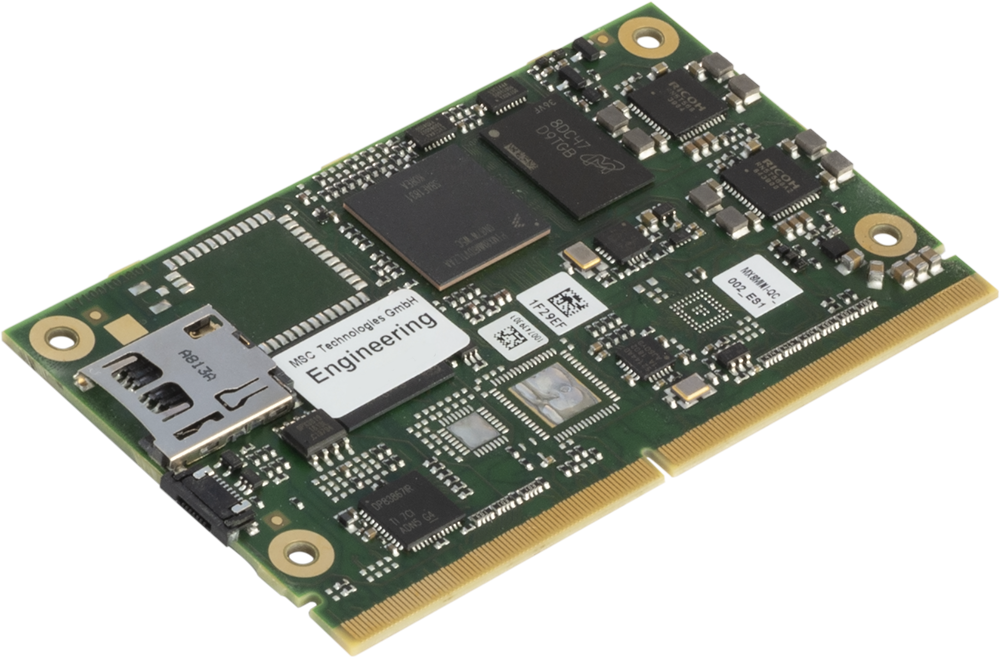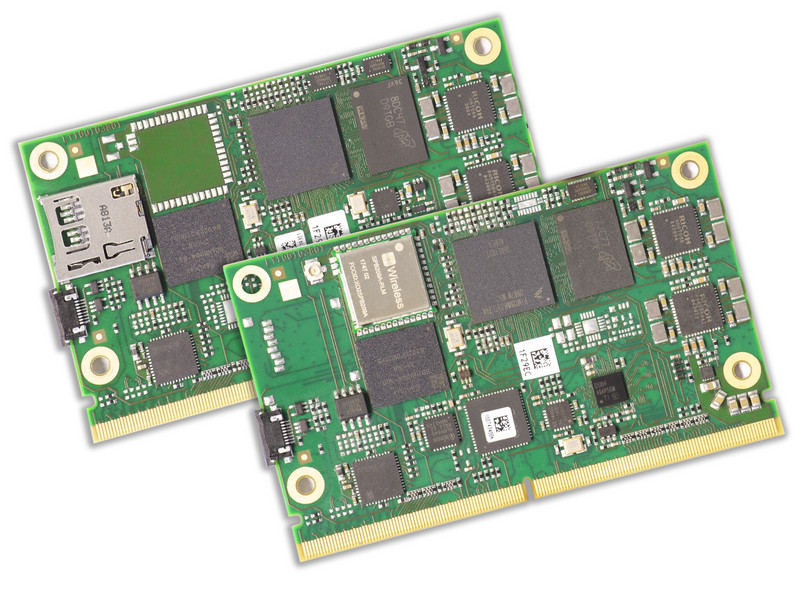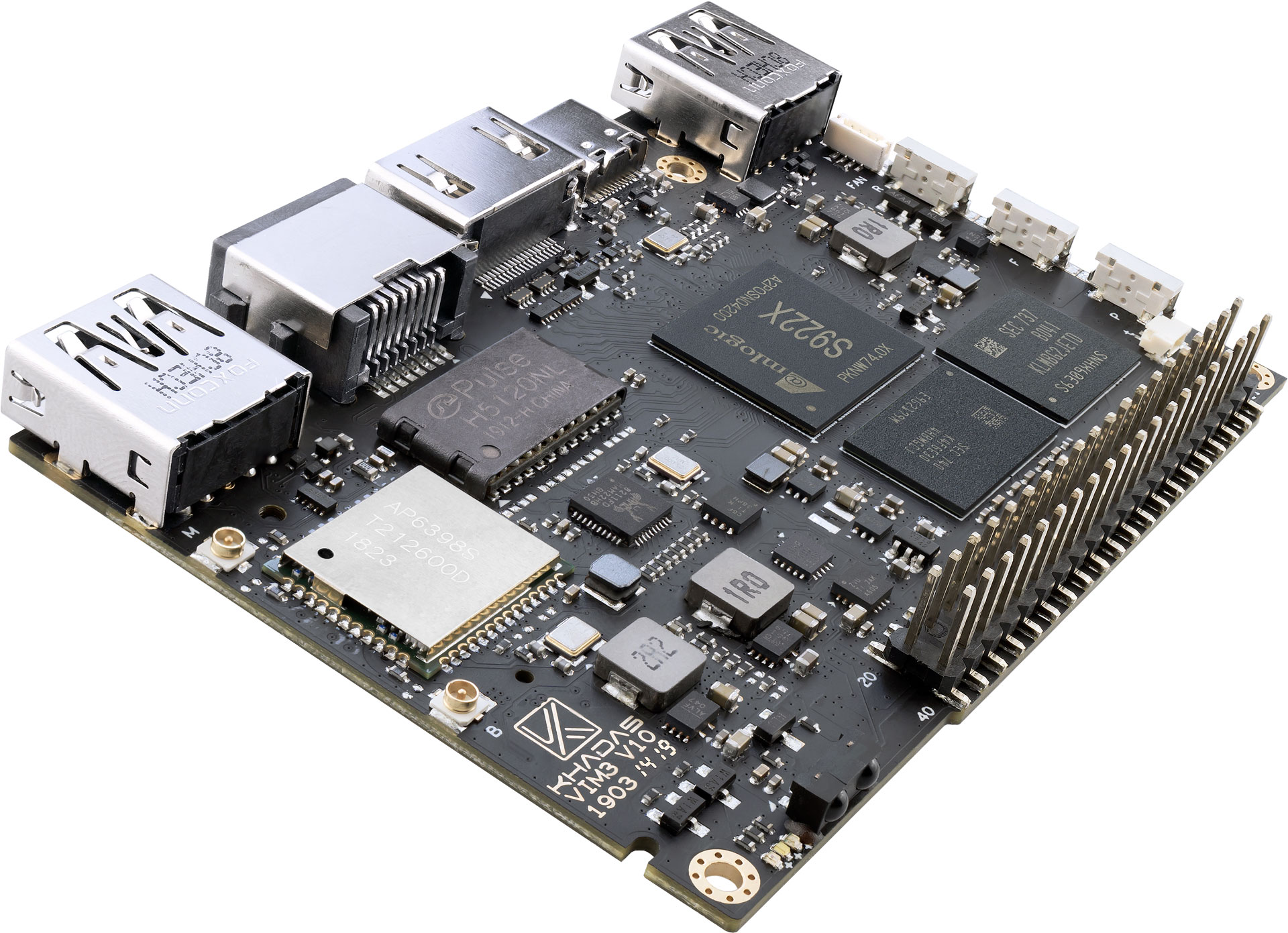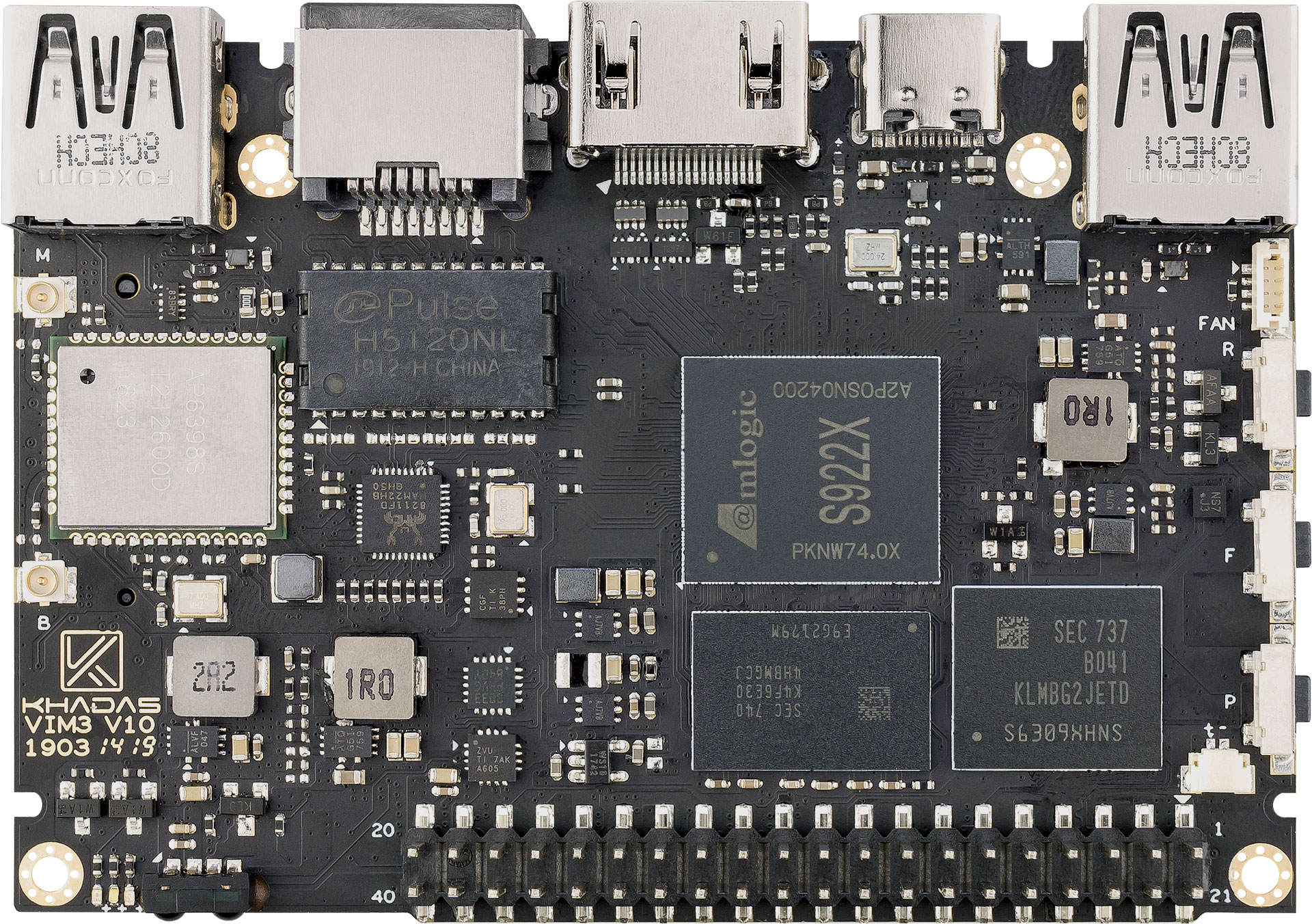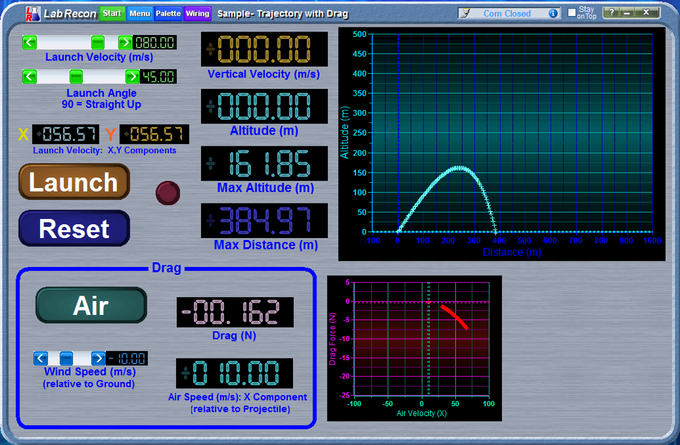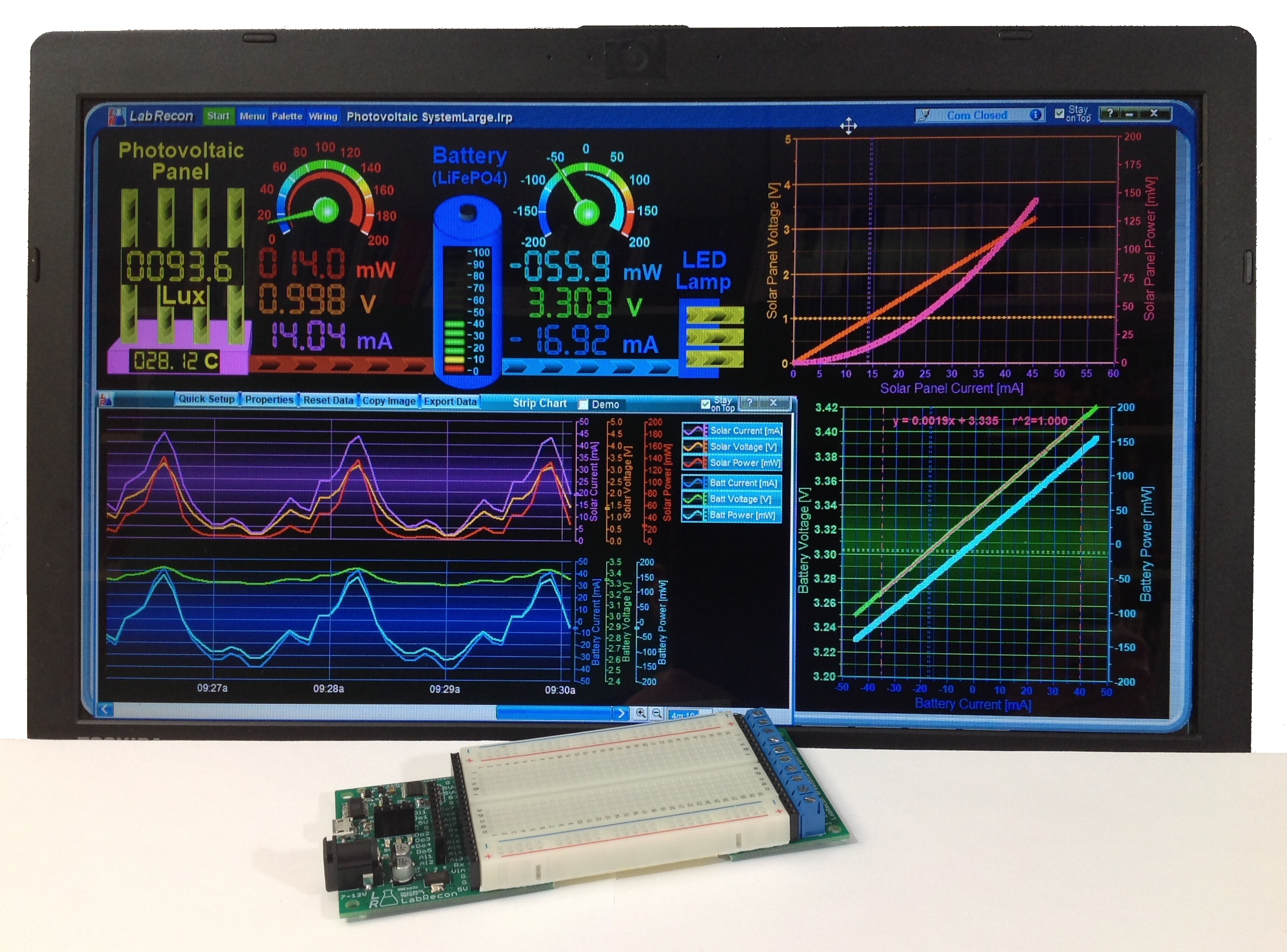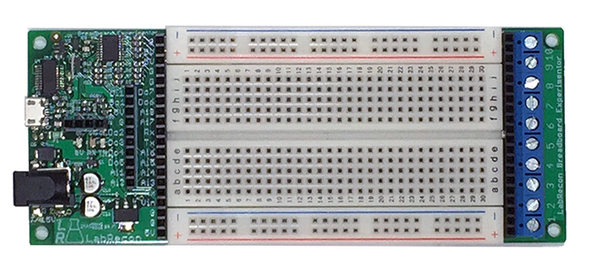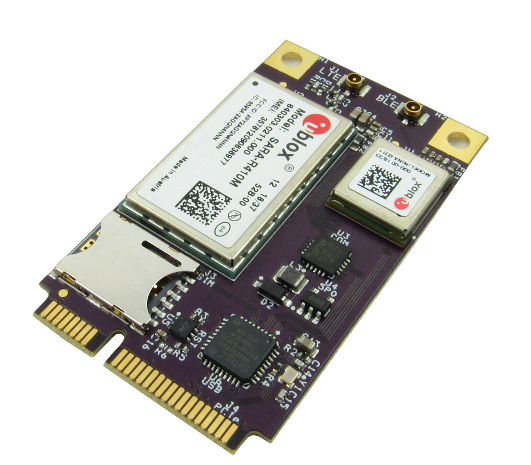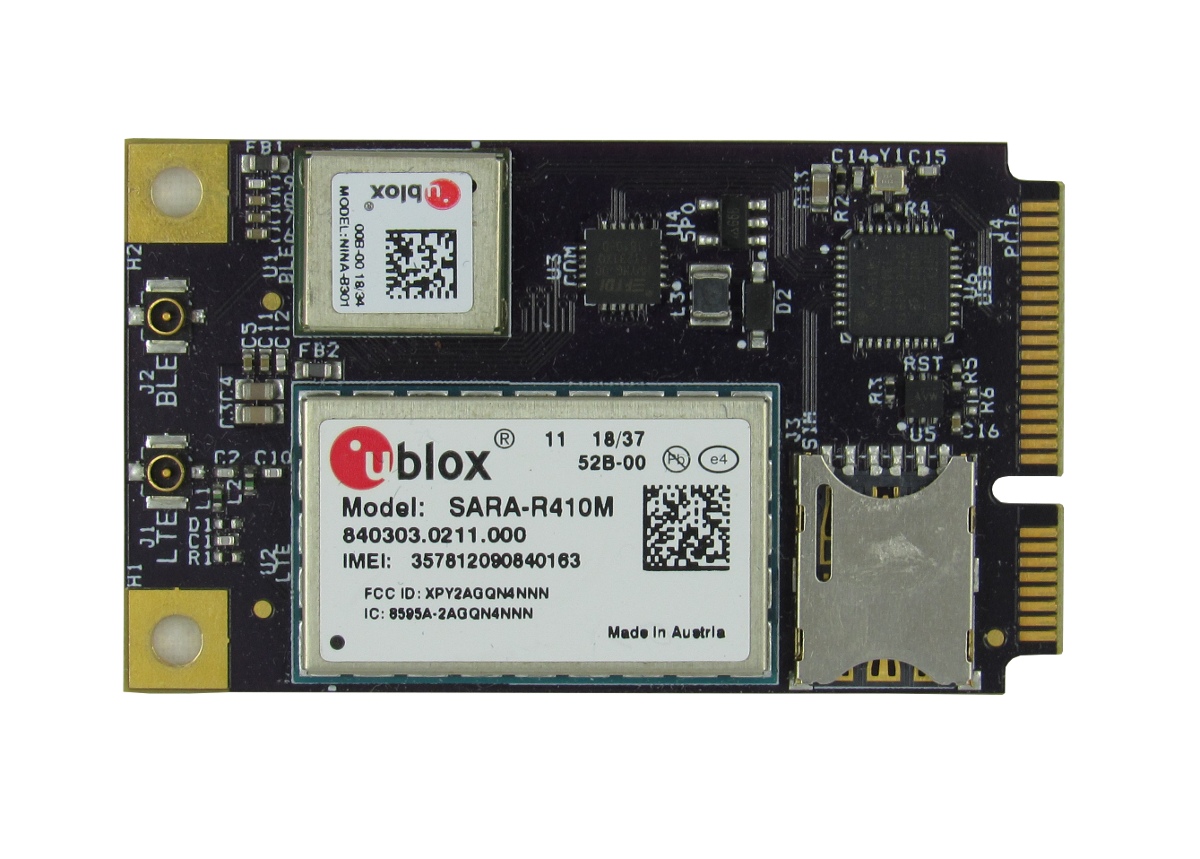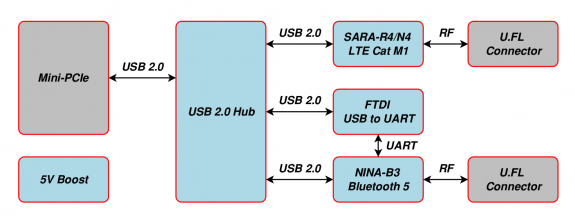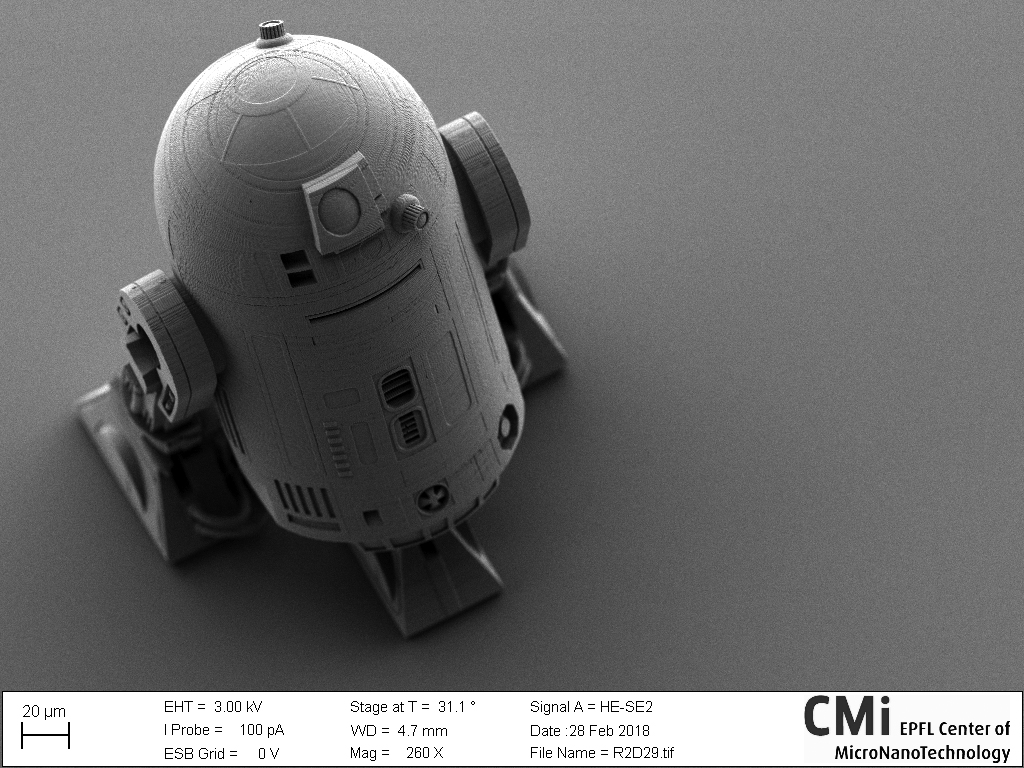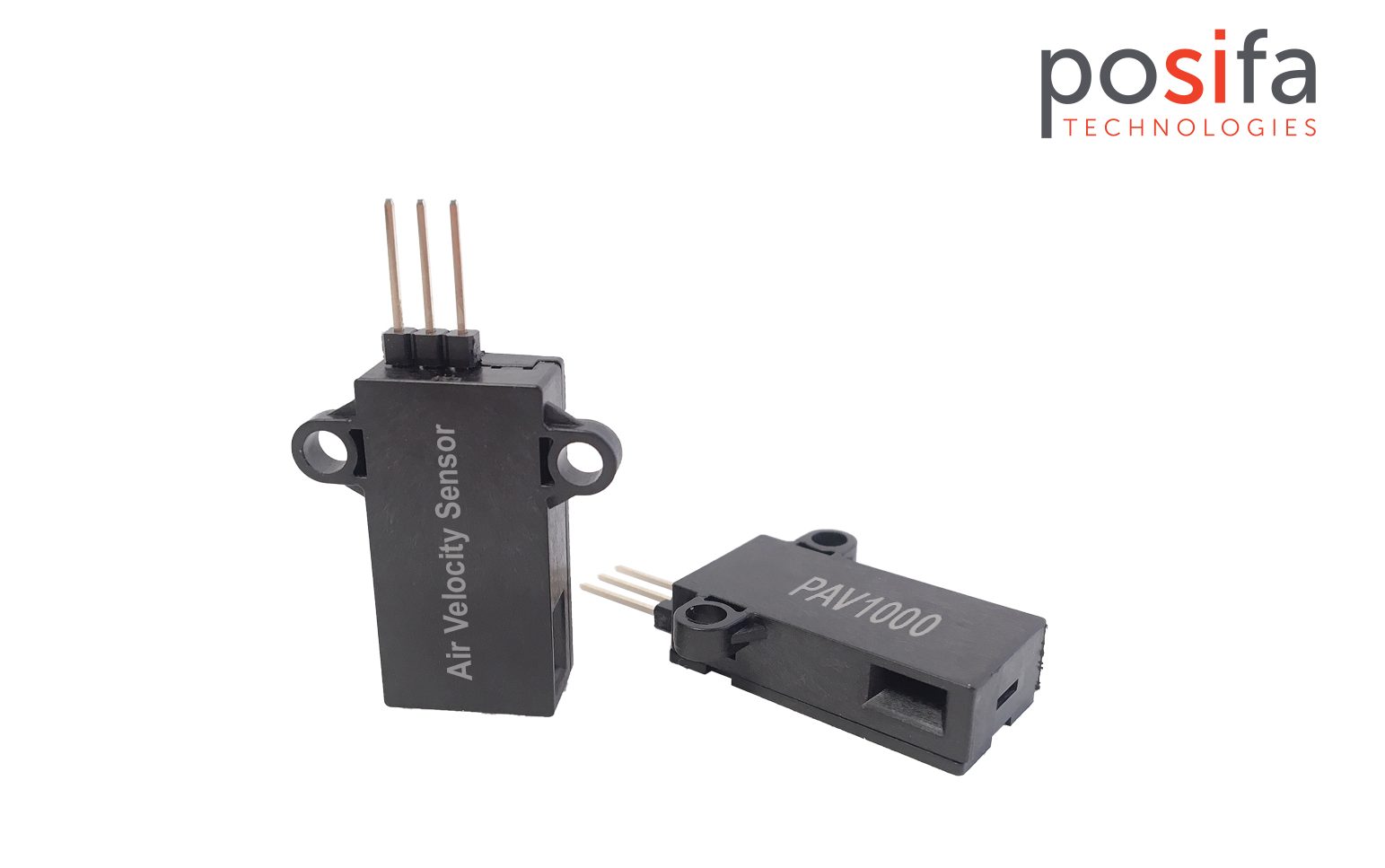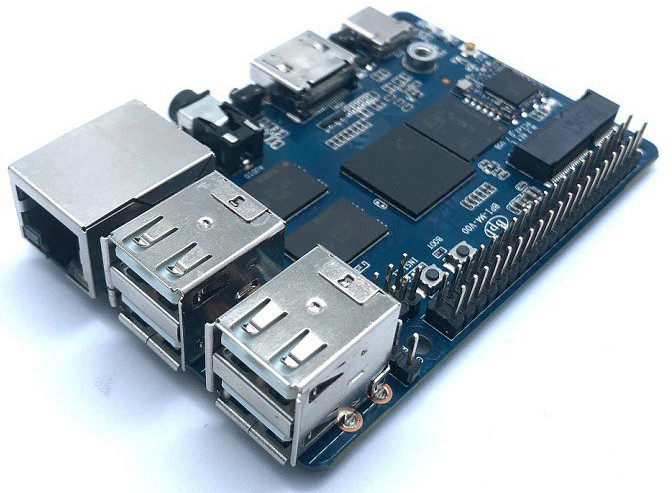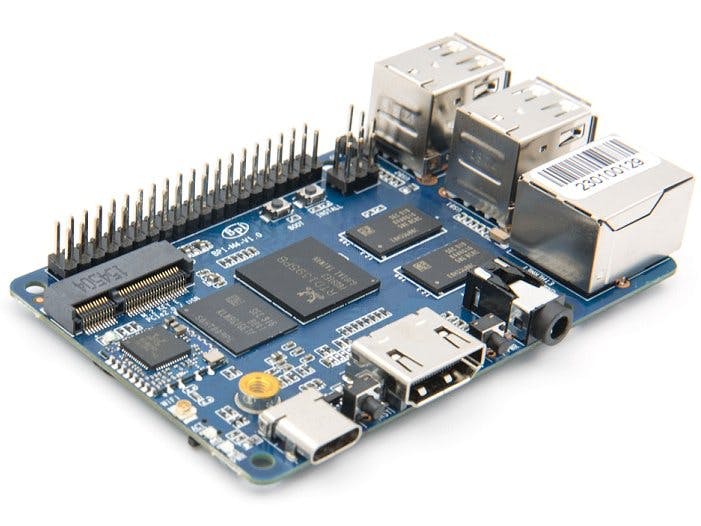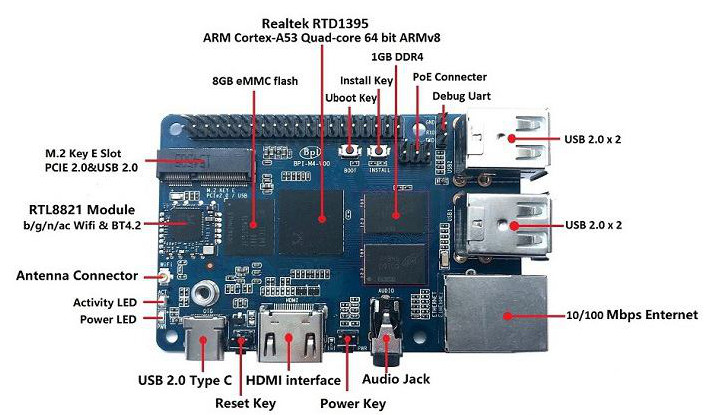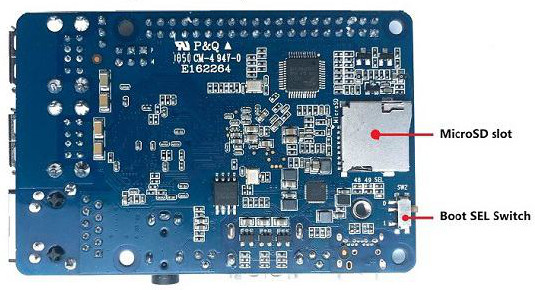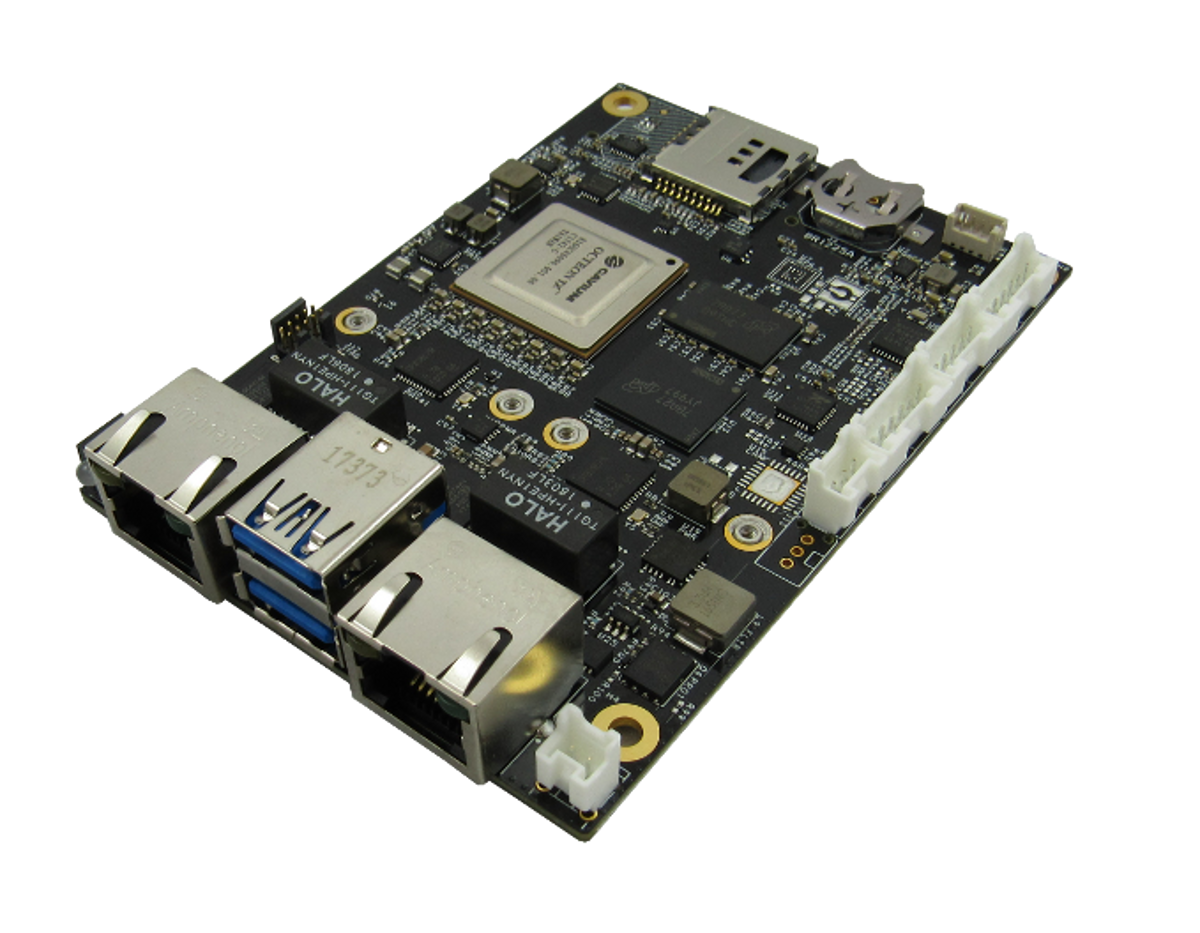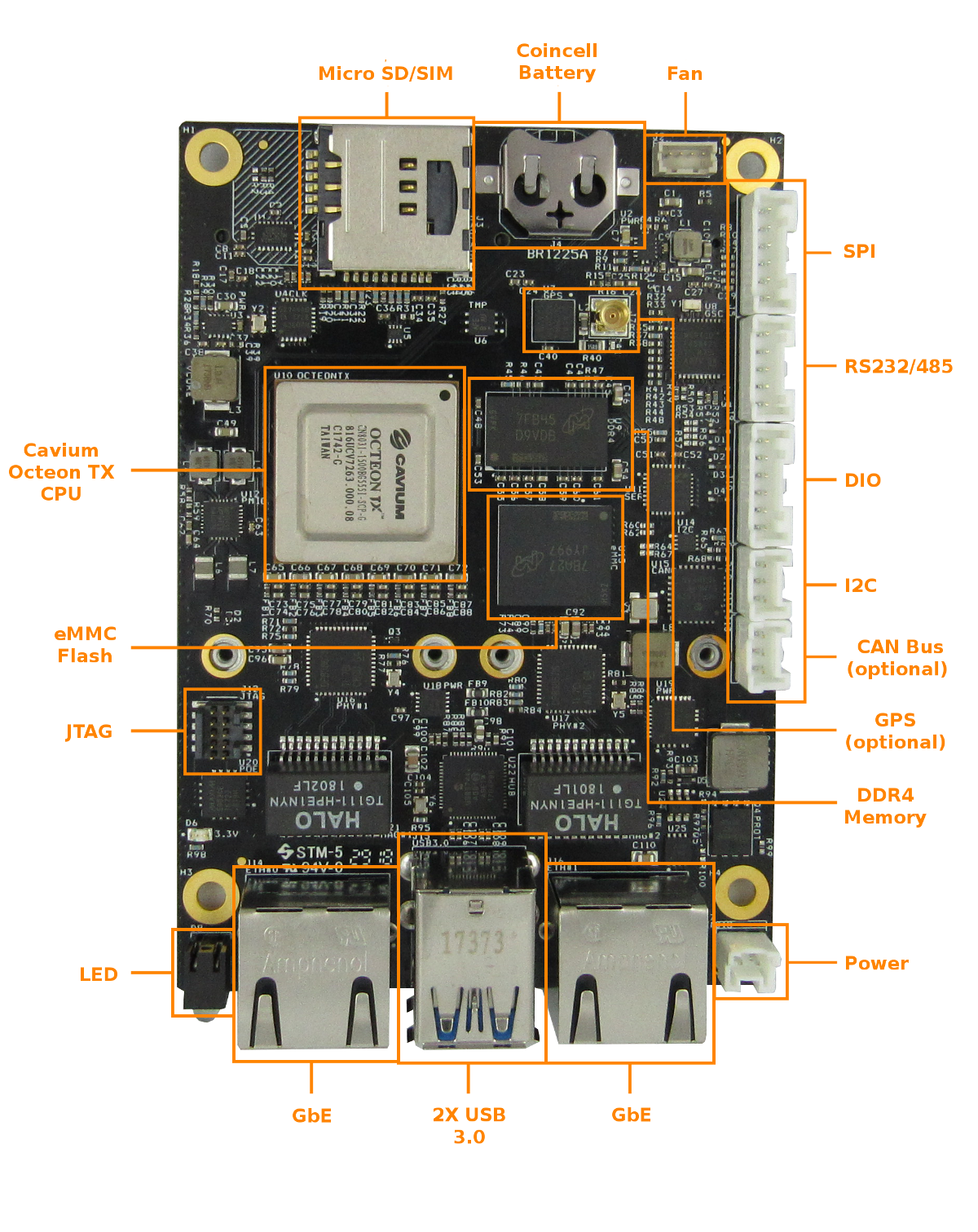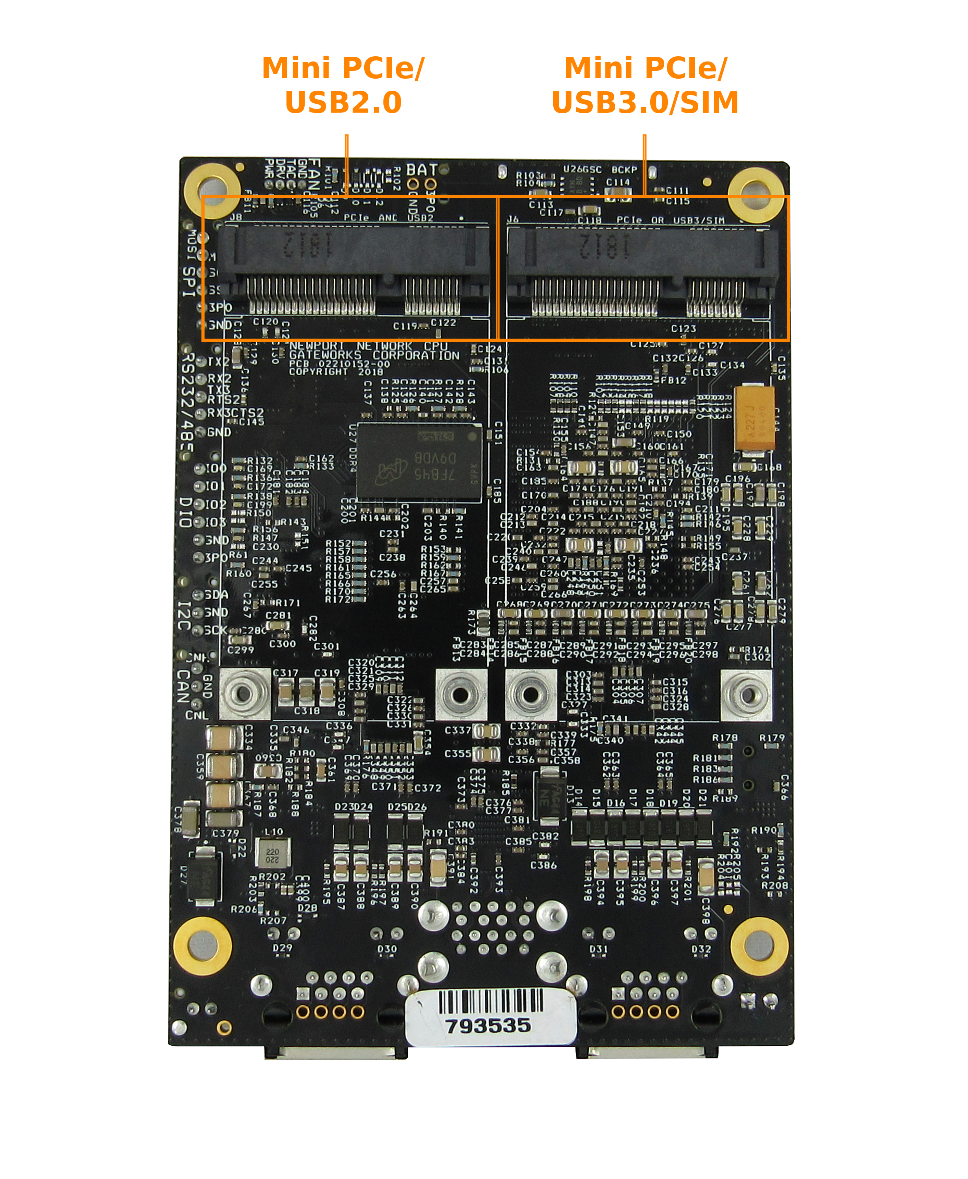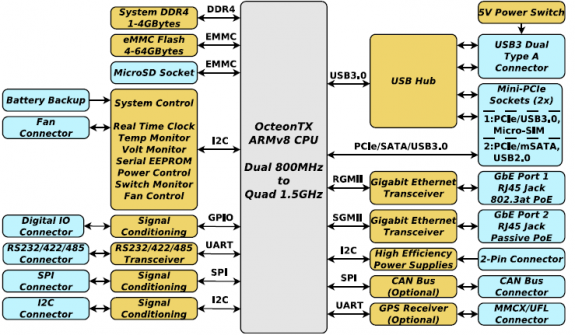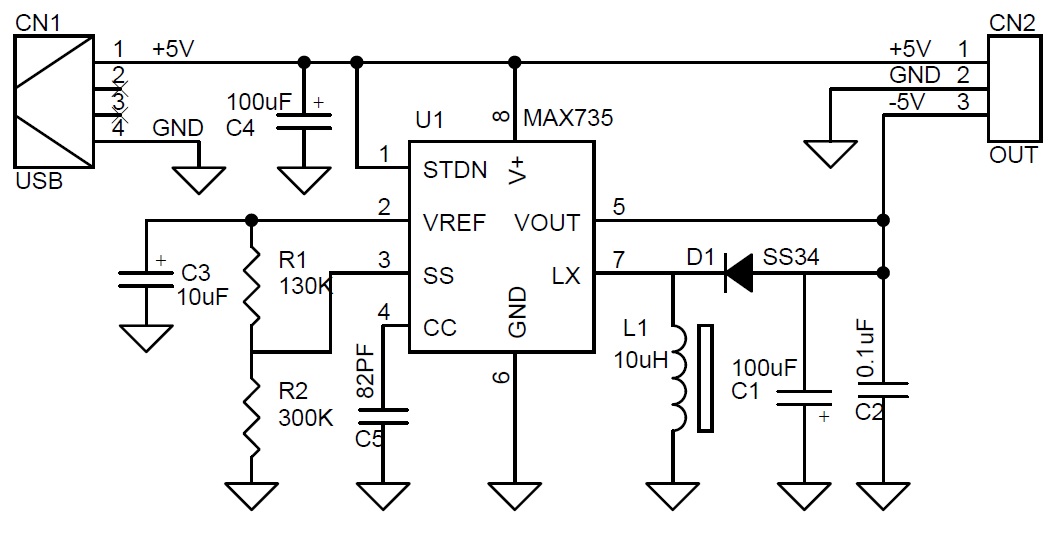Avnet Integrated Presents Scalable, Cost-Efficient SMARC 2.0 Module Family with i.MX 8M Mini Processors from NXP
Avnet Integrated presents a new, cost-efficient MSC SM2S-IMX8MINI SMARC 2.0™ module, which is based on i.MX 8M Mini processors from NXP™. The multicore ARM® Cortex-A53 processors are built using NXP’s 14nm FinFET process technology, providing high compute performance at very low power consumption. With the standardized MSC SM2S-IMX8MINI compact SMARC 2.0™ module family and the appropriate starter kit, the new processor technology is easily and quickly available for innovative customer applications. The extremely versatile module family may be used in any general purpose industrial, IoT, building automation and media streaming application.
The MSC SM2S-IMX8MINI SMARC 2.0 module features high scalability and can be equipped with different single-, dual- or quad-core processor types. The flexibility of the new module family is comparable to the scalability of the i.MX 6 predecessor products. However, these modules offer significantly higher compute performance due to 64-bit support and fast LPDDR4 memory. The SM2S-IMX8MINI modules are designed not only for the new Mini processors, but also for the future pin-compatible Nano processors from NXP.
The new Computer-On-Modules (COMs), based on NXP’s powerful i.MX 8 processor family ‒ consisting of the i.MX 8, i.MX 8M and i.MX 8M Mini variants ‒ are suitable for embedded applications that requirethe highest degree of performance combined with high energy efficiency. Avnet Integrated will offer the complete i.MX 8 processor family on the persistent and future-proof SMARC 2.0™ and Qseven™ module form factors and further strengthen its leading position as a manufacturer of innovative embedded modules. In addition to providing hardware manufactured in Germany, extensive development tools such as starter kits and board support packages as well as personalized services including design-in support and carrier design review are offered.
MSC SM2S-IMX8MINI
The MSC SM2S-IMX8MINI module features NXP’s i.MX 8M Mini processors that are based on latest 14nm FinFET technology to allow high computing and graphics performance at very low power consumption combined with a high degree of functional integration.
MSC SM2S-IMX8MINI offers single-, dual- or quad-core ARM Cortex-A53 processors in combination with the ARM Cortex-M4 real-time processor and GC NanoUltra multimedia 2D/3D GPU. It provides fast LPDDR4 memory, up to 64GB eMMC Flash memory, Gigabit Ethernet, PCI Express, USB 2.0, an on-board Wireless Module as well as an extensive set of interfaces for embedded applications.
The module is compliant with the new SMARC™ 2.0 standard, allowing easy integration with SMARC baseboards. For evaluation and design-in of the SM2S-IMX8MINI module, MSC provides a development platform and a starter kit. Support for Linux is available (Android support on request).
Highlights
- Single, Dual or Quad core ARM Cortex-A53 Applications Processor up to 1.8GHz
- ARM Cortex-M4 Real Time Processor at 400MHz
- Vivante GC NanoUltra 2D/3D Graphics Processor
- 1080p60 H.265 decode, 1080p60 H.264 encode (VPU not available on ”Mini Lite“)
- Up to 4GB LPDDR4 SDRAM
- Up to 64GB eMMC Flash
- Dual-channel LVDS / Dual MIPI-DSI x4 (optional)
- MIPI CSI-2 Camera Interface
- PCI Express x1 Gen. 2
- 4x USB 2.0 Host interface
- 1x USB 2.0 Host/Device interface
- Up to 2x Gigabit Ethernet
- Wireless Module (optional)
- Micro SD Card Socket (optional)
- MMC/SD/SDIO interface
- 2x CAN interface (optional)
- 2x I2S Audio Interface
- UART, SPI, I2C
- SMARC 2.0 Compliant
No pricing or availability information was provided for the MSC SM2S-IMX8MINI. More information may be found in Avnet’s announcement and product page.

